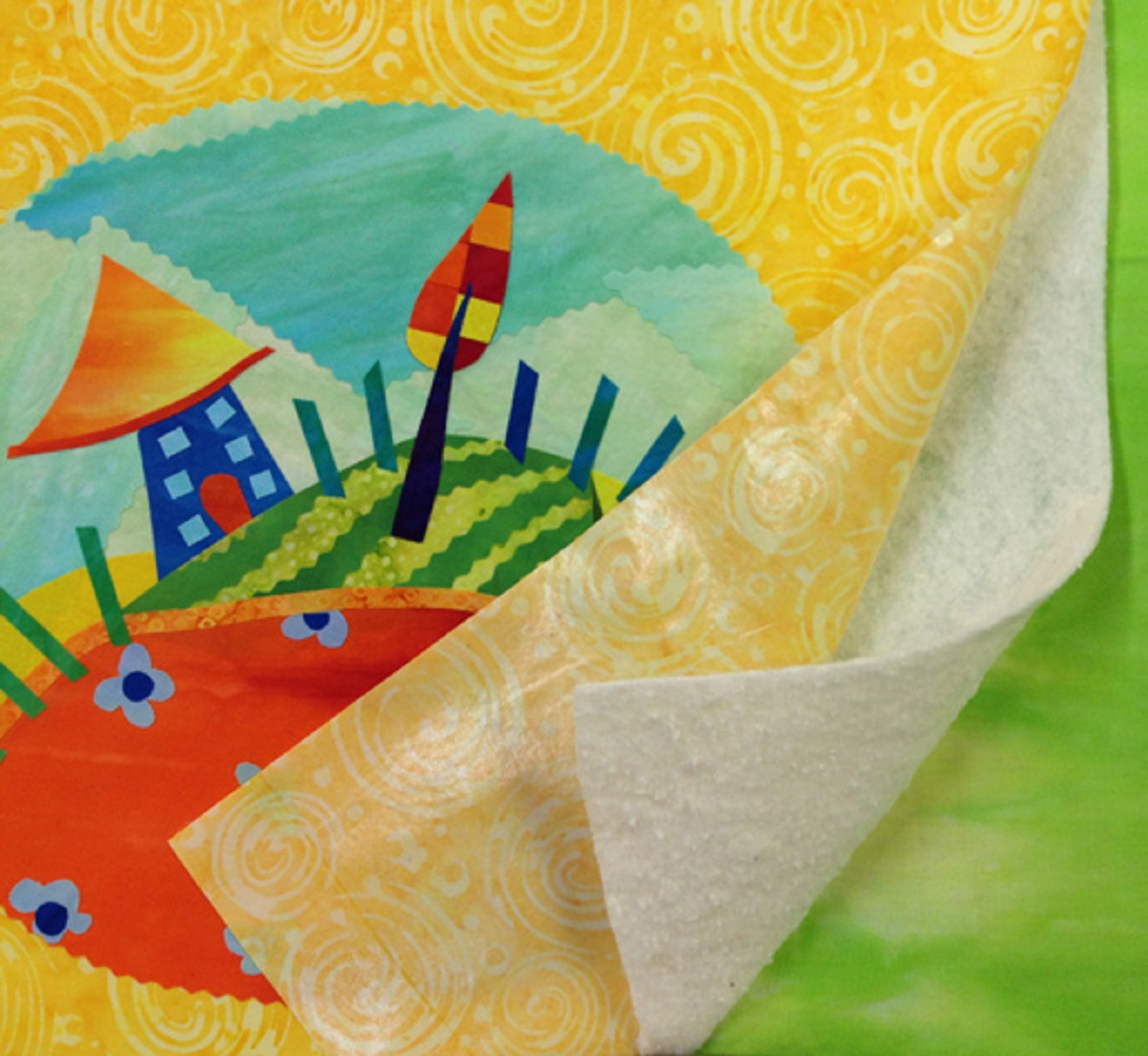

Articles
What Is Scrim In Quilt Batting
Modified: December 7, 2023
Learn all about scrim in quilt batting in this informative article. Understand its purpose, benefits, and how it affects your quilting projects.
(Many of the links in this article redirect to a specific reviewed product. Your purchase of these products through affiliate links helps to generate commission for Storables.com, at no extra cost. Learn more)
Introduction
Welcome to the fascinating world of quilting! If you have been exploring the art of quilting, you might have come across the term “scrim” in quilt batting. Scrim plays a crucial role in the construction and performance of quilt batting. In this article, we will delve into the definition, purpose, types, benefits, and impact of scrim on quilt batting.
Quilting has a rich heritage, dating back centuries. Perhaps you have seen beautifully crafted quilts, with intricate patterns and vibrant colors. But have you ever wondered what goes into making those quilts not only visually appealing but also durable and long-lasting?
That’s where quilt batting comes in. Quilt batting, also known as wadding, is the layer between the quilt top and backing fabric. It provides warmth, loft, and structure to the quilt. However, without the addition of scrim, the quilt batting may lack the stability and durability required for quilting projects.
So, what exactly is scrim? In the context of quilt batting, scrim refers to a thin layer of non-woven material that is needle-punched into the batting during its manufacturing process. This layer is typically made of polyester or another synthetic material and is strategically placed to enhance the performance of the batting.
The primary purpose of scrim in quilt batting is to stabilize and strengthen the fibers, preventing them from shifting and clumping over time. The scrim acts as a support system, holding the batting together and improving its strength, durability, and overall structure.
There are two main types of scrim used in quilt batting: bonded scrim and needle-punched scrim. Bonded scrim consists of fibers that are thermally glued together, creating a thin and consistent layer. Needle-punched scrim, on the other hand, is created by mechanically intertwining the fibers with barbed needles, resulting in a denser and more stable layer.
Now that we have established the definition and purpose of scrim in quilt batting, let’s explore the benefits it offers.:
Key Takeaways:
- Scrim in quilt batting provides stability, durability, and ease of quilting, ensuring that quilts maintain their shape and structure over time, making it an essential component for all quilting projects.
- Choosing the right type of scrim, whether bonded or needle-punched, can enhance the dimension, texture, and longevity of quilts, catering to specific project needs and personal preferences.
Read more: What Is The Best Batting For A Quilt
Definition of Scrim
Scrim is a term commonly used in the quilting world to describe a thin layer of non-woven material that is incorporated into quilt batting during the manufacturing process. It acts as a stabilizer and reinforcement to enhance the overall performance and longevity of the quilt.
In simple terms, scrim is like a supportive skeleton that helps maintain the structure of the quilt batting. It is typically made from polyester or another synthetic material and is either bonded or needle-punched into the batting.
When using bonded scrim, the fibers are thermally bonded together to create a thin and smooth layer. This type of scrim provides consistent support throughout the entire quilt batting, preventing any clumping or shifting of the fibers. On the other hand, needle-punched scrim is created by mechanically intertwining the fibers with barbed needles. This process results in a denser and more stable scrim layer, providing additional strength and stability to the batting.
Scrim is designed to withstand the rigors of quilting, including machine quilting, hand quilting, and even long-arm quilting. It adds dimension, structure, and stability to the quilt, ensuring that it retains its shape and durability over time.
It’s important to note that not all quilt battings contain scrim. Some low-loft or lightweight battings may not require extra stabilization and therefore may not have a scrim layer. However, for most quilting projects, especially those that require durability and intricate stitching, the presence of scrim is highly beneficial.
Now that we understand the definition of scrim let’s explore the purpose it serves in quilt batting.
Purpose of Scrim in Quilt Batting
The purpose of scrim in quilt batting is to provide stability, strength, and structure to the batting. It acts as a supportive layer that prevents the fibers from shifting, clumping, or separating over time. By incorporating scrim into the batting, quilt makers can ensure that their quilts remain intact and retain their shape, even after repeated use and washing.
One of the main reasons why scrim is used in quilt batting is to enhance the durability of the finished quilt. Without scrim, the batting fibers may separate or bunch up, causing the quilt to lose its shape and integrity. The scrim layer holds the fibers in place, preventing any shifting or migration, even with extensive use and laundering.
In addition to durability, scrim also helps to improve the quilt’s overall structure. It adds stability and loft, allowing the quilt to have a pronounced puffiness or “quilted” effect. The presence of scrim ensures that the quilt maintains its fullness and loft, creating a visually pleasing and cozy finished product.
Scrim also plays a critical role in preventing the formation of creases and wrinkles within the quilt batting. The added stability provided by scrim helps to minimize any sagging or bunching that can occur over time. This is particularly important for quilts that will be displayed or used regularly, as it ensures that the quilt stays smooth and wrinkle-free.
Another purpose of scrim is to facilitate easier quilting. The stabilizing effect of scrim makes it easier to maneuver the quilt layers during the quilting process. Quilting stitches glide smoothly through the batting, allowing for more precise and even stitching. This is especially helpful when working with intricate designs or when using a long-arm quilting machine.
Lastly, scrim contributes to the longevity of the quilt by enhancing its resistance to wear and tear. The added strength and stability provided by the scrim layer help to protect the quilt from fraying, tearing, or thinning over time. This ensures that your quilt will remain intact and beautiful for years to come.
Now that we have explored the purpose of scrim in quilt batting, let’s delve into the different types of scrim used and their respective benefits.
Types of Scrim in Quilt Batting
There are two main types of scrim commonly used in quilt batting: bonded scrim and needle-punched scrim. Each type offers unique characteristics and benefits, catering to different quilting needs and preferences.
1. Bonded Scrim:
Bonded scrim is created by thermally bonding the fibers together, resulting in a thin and consistent layer. This type of scrim offers several advantages:
- Smooth and even support: Bonded scrim provides a smooth and even layer of support throughout the quilt batting. This ensures uniform stability and prevents any lumps or shifting of the fibers.
- Ease of quilting: The consistent nature of bonded scrim makes it easier to quilt through, whether you’re using a home sewing machine, a long-arm machine, or quilting by hand.
- Lightweight: Bonded scrim is relatively lightweight, making it suitable for quilts that require a lower loft or a more lightweight feel.
2. Needle-Punched Scrim:
Needle-punched scrim is created by mechanically intertwining the fibers with barbed needles, resulting in a denser and more stable layer. Here are some advantages of using needle-punched scrim:
- Greater stability and strength: Needle-punched scrim provides a higher level of stability and strength to the quilt batting. It holds the fibers firmly in place and helps prevent any shifting or separation, even with extensive use and washing.
- Enhanced loft: The denser nature of needle-punched scrim contributes to enhanced loft in the quilt. This creates a more pronounced quilting effect and adds dimension to the finished product.
- Durable: Quilts with needle-punched scrim tend to be more durable and resistant to wear and tear. The reinforced layer of scrim helps protect the batting from fraying or thinning over time.
When selecting quilt batting, consider the type of quilting project you have in mind and the desired characteristics of the finished quilt. If you prefer a lightweight and smooth quilt, bonded scrim may be the ideal choice. On the other hand, if you are looking for a quilt with enhanced loft and durability, needle-punched scrim would be more suitable.
Now that we have explored the different types of scrim, let’s move on to the benefits that scrim offers in quilt batting.
When using scrim in quilt batting, make sure to place the scrim side facing the backing fabric to prevent any potential bearding (fibers poking through the quilt top).
Benefits of Scrim in Quilt Batting
Scrim plays a crucial role in quilt batting and offers several benefits that enhance the overall performance and durability of the finished quilt. Let’s explore some of the key benefits of using scrim in quilt batting:
- Stability: One of the primary benefits of scrim is its ability to provide stability to the quilt batting. The thin layer of scrim holds the batting fibers in place, preventing them from shifting or clumping over time. This stability ensures that the quilt maintains its shape and structure, even after repeated use and laundering.
- Durability: Scrim significantly improves the durability of quilt batting. By reinforcing the batting with a layer of scrim, the quilt becomes more resistant to wear and tear. The scrim helps prevent the batting fibers from separating, fraying, or thinning, ensuring that the quilt remains intact and usable for many years.
- Quilting Ease: Quilting through batting without scrim can be challenging, as the fibers may shift or bunch up during the quilting process. Scrim provides a stable surface for quilting, making it easier to maneuver the quilt layers. Quilting stitches glide smoothly through the batting, allowing for precise and even stitching.
- Crease and Wrinkle Resistance: Quilts with scrim in the batting are less prone to developing creases and wrinkles. The added stability and support provided by the scrim layer help minimize any sagging or bunching that can occur over time. This ensures that the quilt remains smooth and wrinkle-free, even after repeated use and washing.
- Enhanced Dimension and Loft: Scrim enhances the dimension and loft of the quilt. The supportive layer of scrim creates a puffy or “quilted” effect, adding depth and texture to the finished product. This visually appealing outcome gives the quilt a more professional and luxurious appearance.
- Ease of Handling: Quilt batting with scrim is easier to handle during quilting projects. The stability provided by the scrim layer reduces the risk of bunching or shifting, making it easier to work with and maintain even tension throughout the quilting process.
It’s important to note that the benefits of scrim can vary depending on the type of quilt batting and the specific needs of the quilting project. However, in general, scrim significantly improves the stability, durability, ease of quilting, and overall quality of the finished quilt.
Now that we have explored the benefits of scrim, let’s move on to understanding how scrim affects the performance of quilt batting.
Read more: What Batting To Use For A Baby Quilt
How Scrim Affects Quilt Batting Performance
Scrim has a significant impact on the performance of quilt batting. It enhances the stability, strength, and overall quality of the batting, ensuring that the finished quilt will meet the desired standards. Let’s take a closer look at how scrim affects quilt batting performance:
- Stability: The addition of scrim provides stability to the quilt batting by holding the fibers in place. This stability prevents the batting from shifting, clumping, or separating during use, washing, or quilting. The result is a quilt that maintains its shape and structure, providing a more professional and polished finish.
- Durability: Scrim significantly improves the durability of quilt batting. The layer of scrim acts as a reinforcement, ensuring that the batting fibers remain intact and resist wear and tear over time. Quilts with scrim in the batting are less susceptible to fraying, thinning, or degrading, allowing them to withstand regular use and washing without losing their quality.
- Quilting Ease: Quilting through batting without scrim can be challenging, as the fibers tend to shift and bunch up. The scrim layer provides a stable surface for quilting, allowing for smoother and more precise stitching. Quilters can maneuver their needles or machines with ease, resulting in even quilt lines and a more professional-looking outcome.
- Loft and Dimension: Scrim adds loft and dimension to quilt batting. The support provided by the scrim layer creates a puffy texture and enhances the overall quilted effect. This gives the quilt a more impressive appearance, making it appear more substantial and visually appealing. The added loft also contributes to the warmth and comfort of the finished quilt.
- Moisture Management: Scrim can affect the moisture management properties of quilt batting. Some types of scrim, particularly those made of synthetic materials, help resist moisture absorption, keeping the quilt batting dry and preventing mold or mildew growth. This is especially beneficial in humid climates or for quilts that may be exposed to moisture.
- Weight and Loft Control: The inclusion of scrim in quilt batting can impact the weight and loft of the finished quilt. Depending on the type and density of the scrim used, quilters can modify the thickness and heft of the quilt by choosing the appropriate batting. This allows for greater control and customization of the quilt’s final appearance and feel.
It is important to consider the specific requirements and intended use of the quilt when choosing a batting with scrim. Different types of scrim and batting combinations can have varying effects on performance, loft, and quilting results. By understanding how scrim affects quilt batting performance, quilters can make informed decisions and achieve their desired outcomes.
Now that we understand how scrim influences quilt batting performance, let’s move on to discussing scrim recommendations for different quilting projects.
Scrim Recommendations for Different Quilting Projects
When it comes to choosing the right scrim for your quilting project, several factors come into play, including the desired outcome, the type of quilting, and personal preferences. Here are some recommendations for using scrim in different quilting projects:
- Everyday Quilts: For quilts that will be used regularly and washed frequently, it is recommended to use quilt batting with needle-punched scrim. The needle-punched scrim adds extra stability and durability to the batting, making it more resistant to wear and tear. This ensures that the quilt will stay intact and retain its shape even with frequent use and laundering.
- Art Quilts: Art quilts often require more dimension and texture. In this case, quilt batting with needle-punched scrim can provide the desired effect. The denser scrim layer adds loft and enhances the quilted texture, creating a visually striking and artistic design.
- Lightweight Quilts: For quilts that require a lighter weight and less loft, quilt batting with bonded scrim is a suitable choice. The bonded scrim provides stability and support without adding excessive thickness or weight to the quilt. This allows for a lightweight finished quilt that is perfect for warmer climates or specific aesthetic preferences.
- Heirloom Quilts: Heirloom quilts are meant to be cherished for generations. To ensure their longevity, it is recommended to use quilt batting with needle-punched scrim. The added strength and durability provided by the needle-punched scrim help preserve the integrity of the quilt over time, making it more resistant to fading, fraying, or thinning.
- Machine Quilting: When machine quilting, both bonded and needle-punched scrim can be suitable options. However, needle-punched scrim is often preferred due to its denser and more stable nature. The increased stability of the scrim layer makes it easier to guide the quilt layers through the machine, resulting in smoother quilting lines and a more professional finish.
- Hand Quilting: For hand quilting projects, quilt batting with bonded scrim is usually recommended. The bonded scrim provides a smooth and even surface, allowing for easier needle penetration and stitch gliding. Hand quilters will appreciate the stability and ease of quilting through the batting with bonded scrim.
Ultimately, the choice of scrim in quilt batting depends on personal preferences, the desired aesthetic, and the specific requirements of each quilting project. It is always a good idea to experiment with different types of scrim in sample projects to determine the best fit for your quilting style and desired outcomes.
Now that we have explored scrim recommendations for different quilting projects, let’s conclude our discussion.
Conclusion
Scrim is an essential component in quilt batting that plays a vital role in enhancing the stability, durability, and overall performance of quilts. By providing a supportive layer between the quilt top and backing fabric, scrim ensures that the batting remains intact, preventing shifting, clumping, and separation of fibers over time.
There are two main types of scrim used in quilt batting: bonded scrim and needle-punched scrim. Bonded scrim offers a smooth and consistent support, while needle-punched scrim provides added strength, loft, and durability. The choice of scrim depends on the specific requirements and desired outcomes of each quilting project.
The benefits of using scrim in quilt batting are numerous. Scrim enhances the stability, durability, and overall quality of the finished quilt. It also facilitates easier quilting, adds dimension and loft, and helps prevent the formation of creases and wrinkles in the quilt.
It’s important to select quilt batting with the appropriate type of scrim for different quilting projects. For everyday quilts, quilts that require more dimension, or heirloom quilts, needle-punched scrim is recommended. Lightweight quilts may benefit from bonded scrim, while hand quilting projects may require the smooth surface provided by bonded scrim.
In conclusion, scrim is a valuable addition to quilt batting that improves the performance and longevity of quilts. Its stability, strength, and sewing ease make it an indispensable tool for quilters of all skill levels. By understanding the different types of scrim and their benefits, as well as considering project requirements, quilters can make informed choices and achieve outstanding results in their quilting endeavors.
So, whether you’re creating a cozy quilt for your loved ones or an intricate piece of art, remember the importance of scrim in quilt batting and utilize it to enhance your quilting journey.
Frequently Asked Questions about What Is Scrim In Quilt Batting
Was this page helpful?
At Storables.com, we guarantee accurate and reliable information. Our content, validated by Expert Board Contributors, is crafted following stringent Editorial Policies. We're committed to providing you with well-researched, expert-backed insights for all your informational needs.
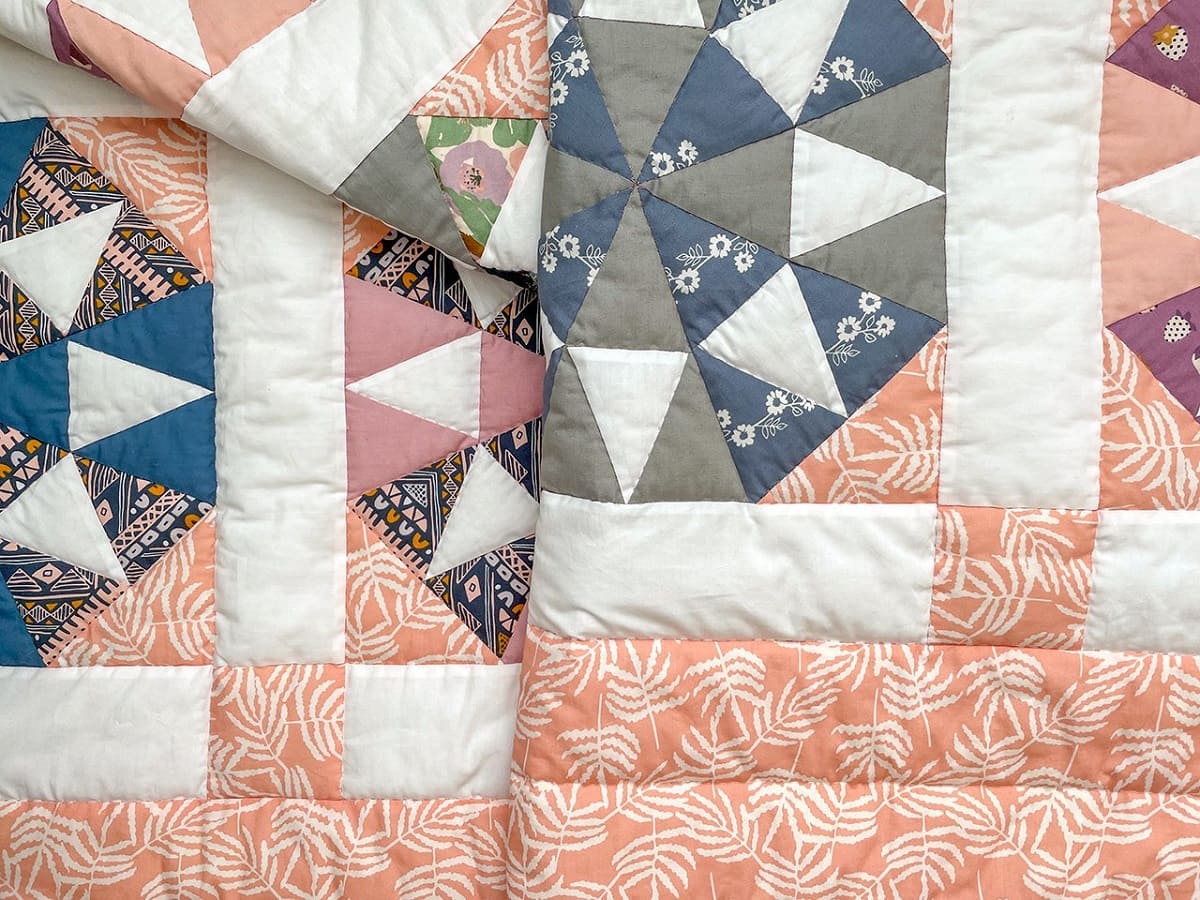
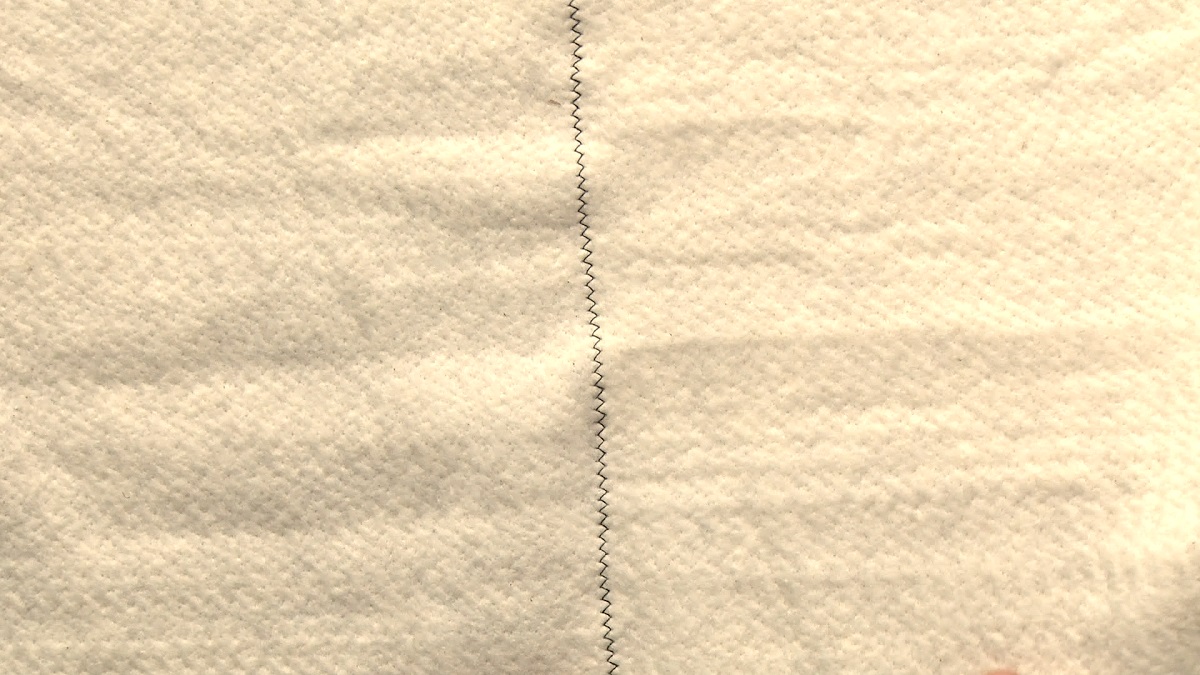
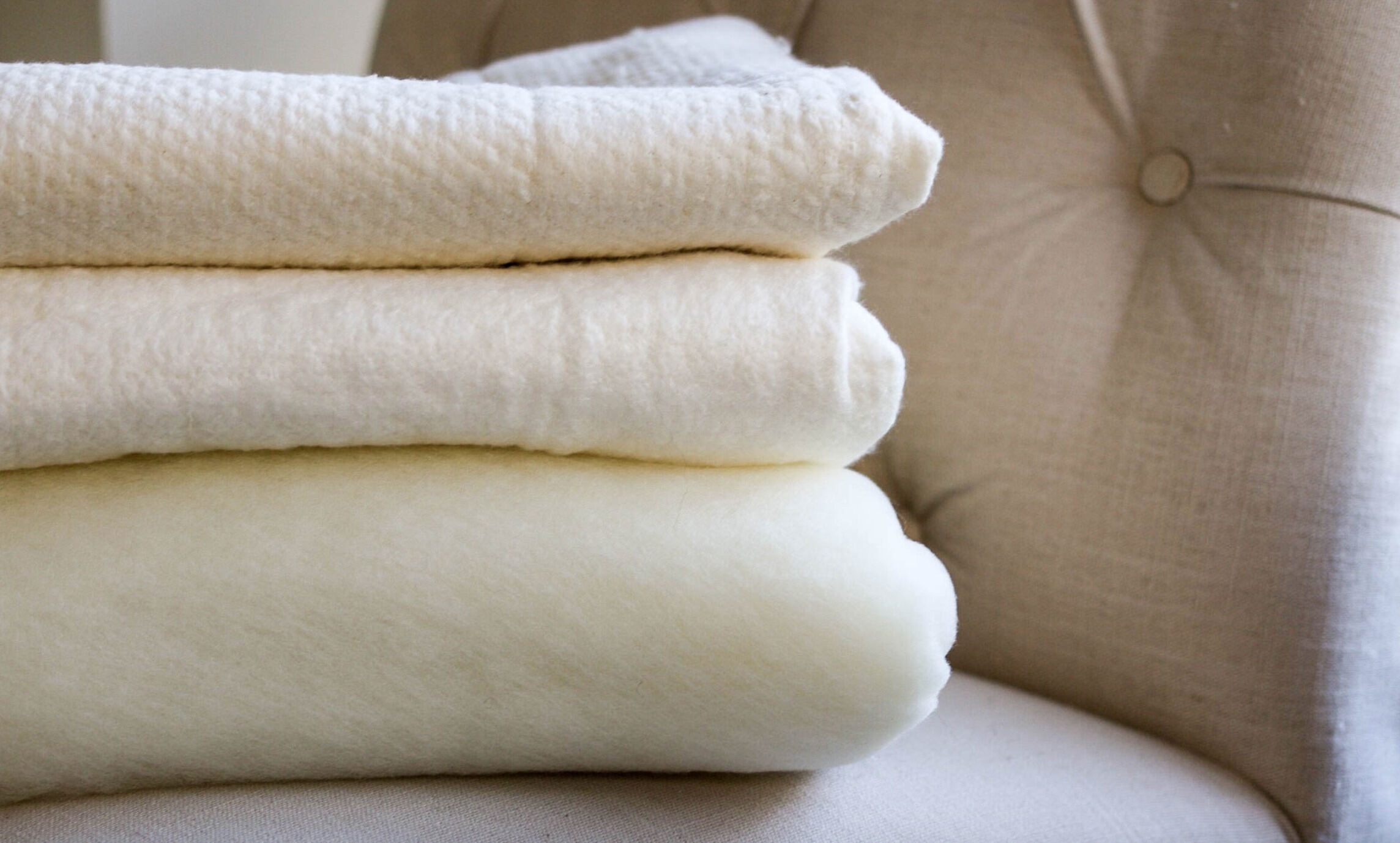
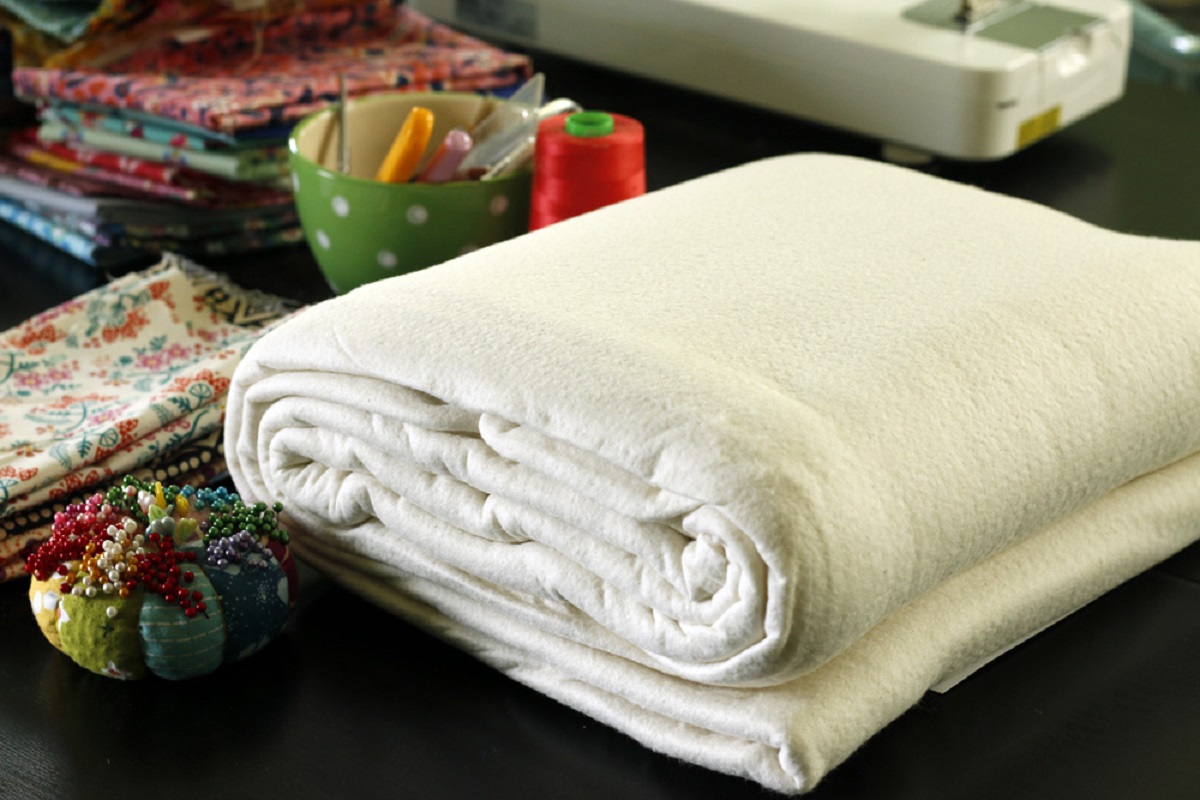
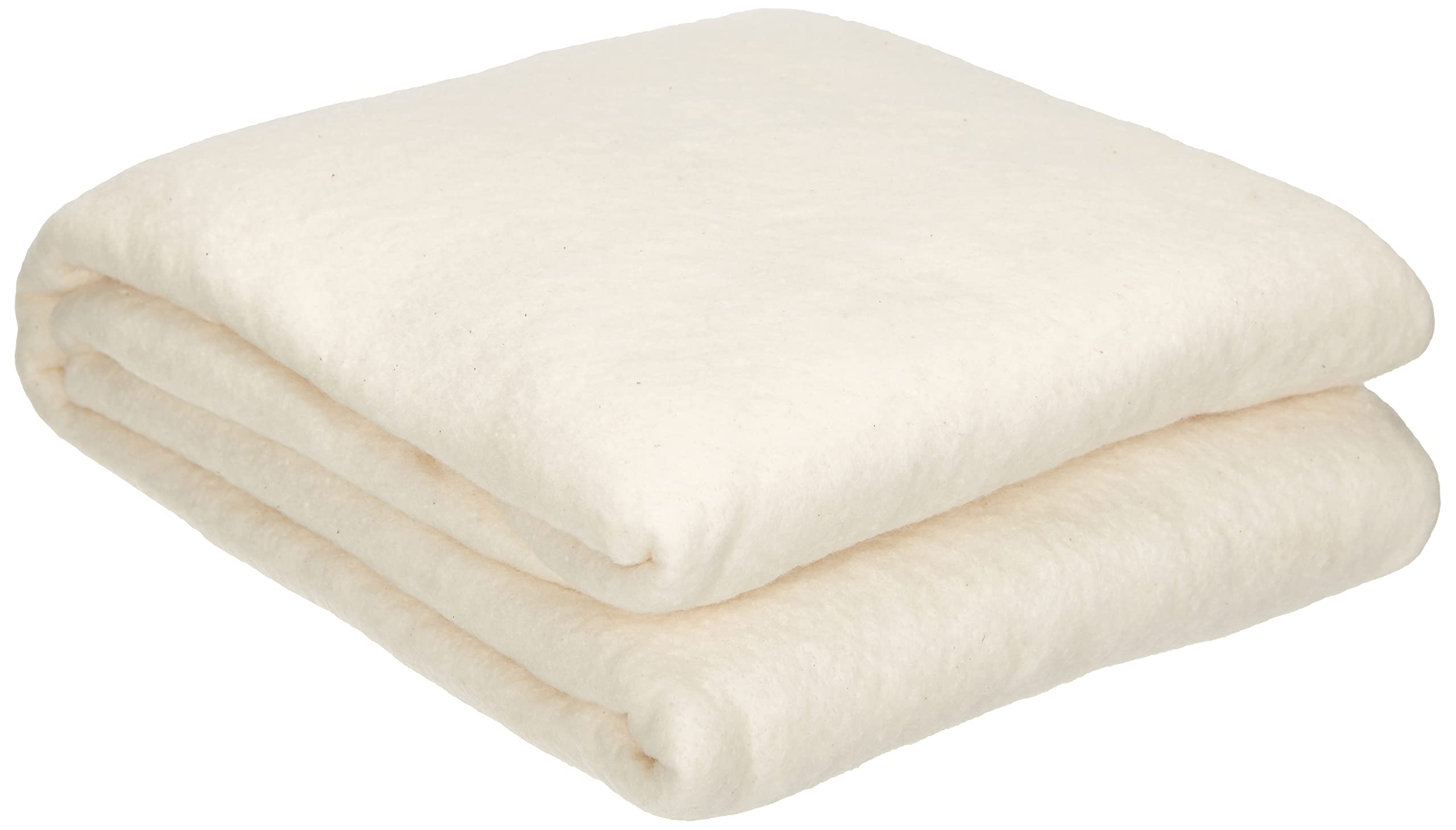
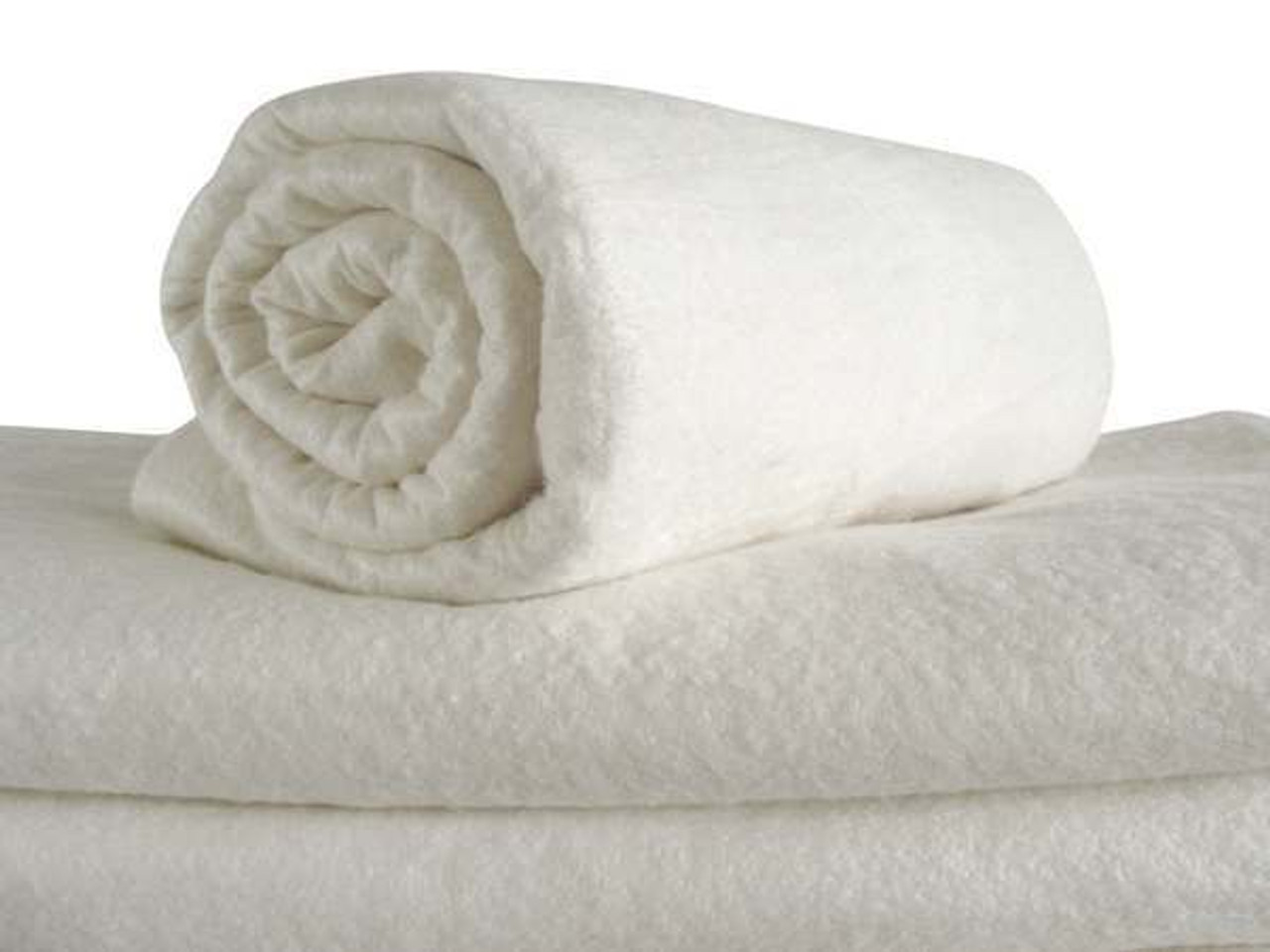
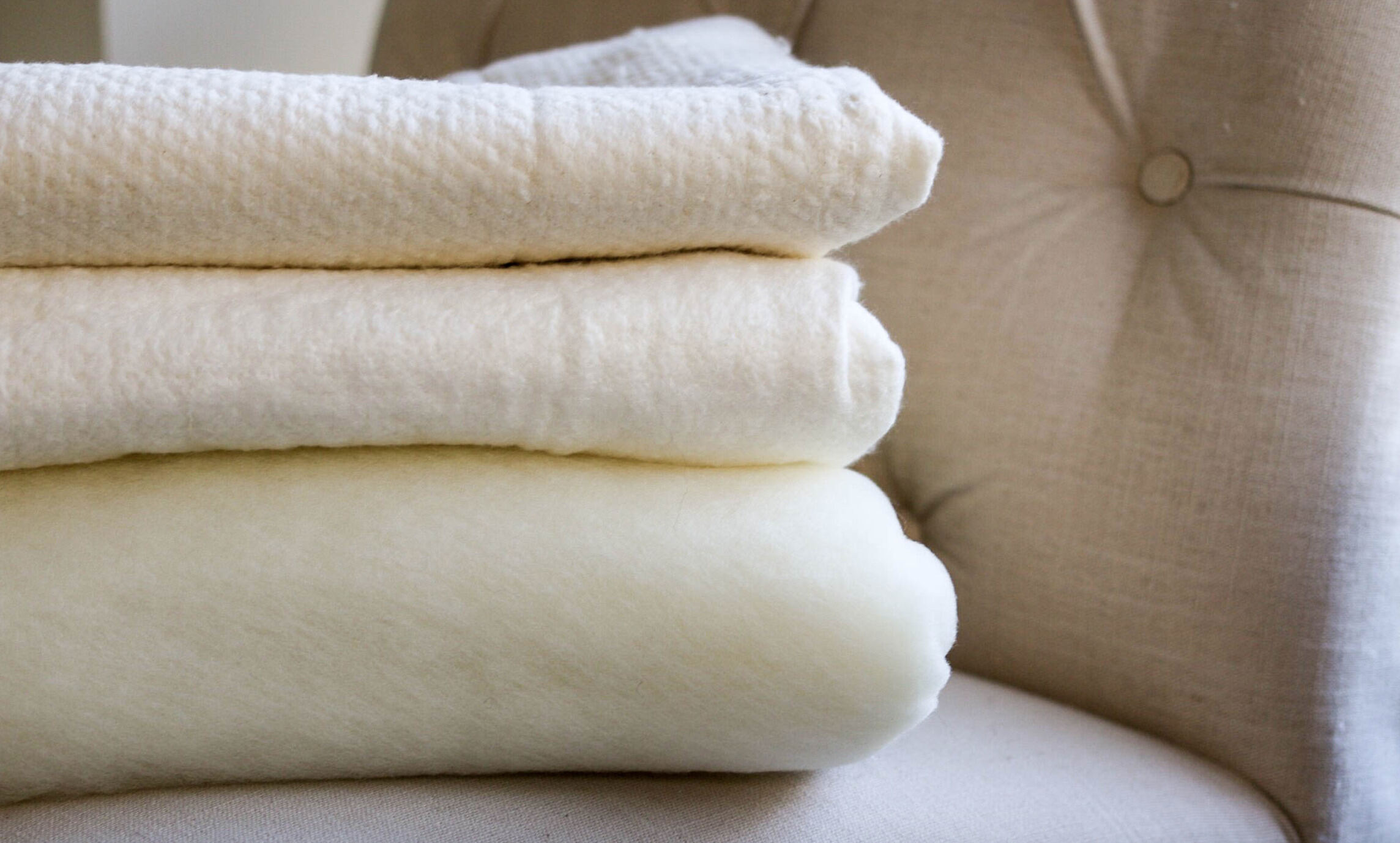
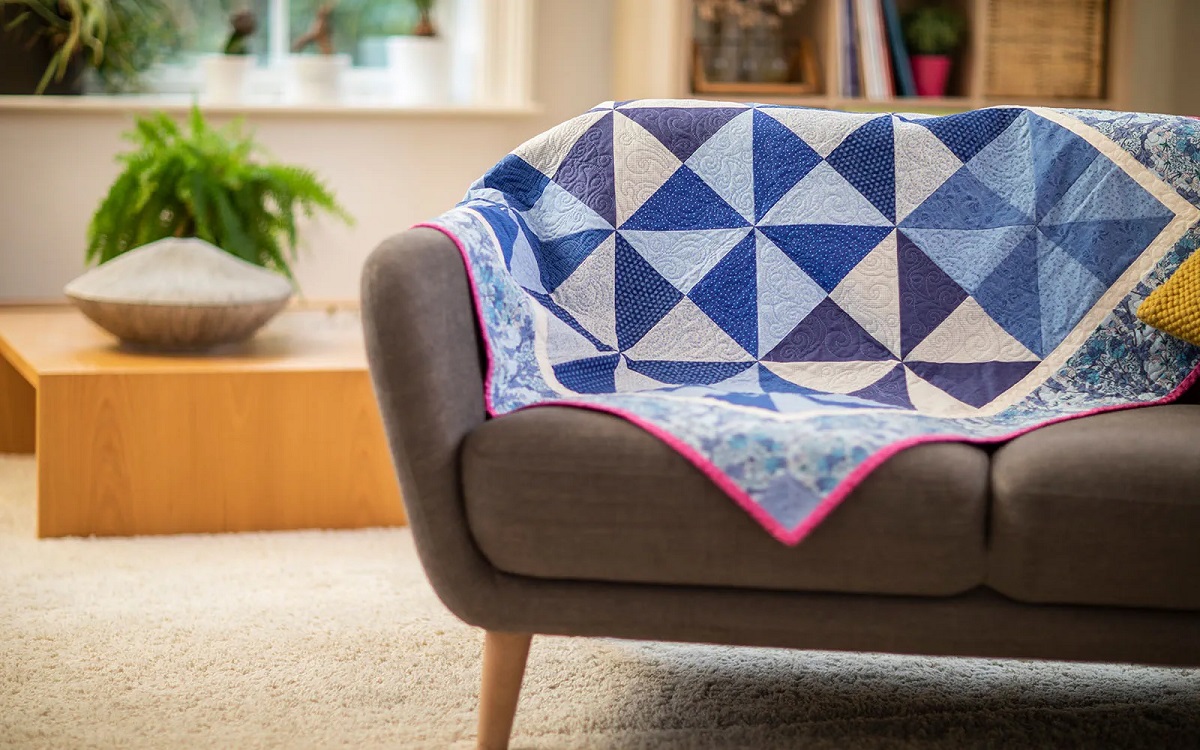
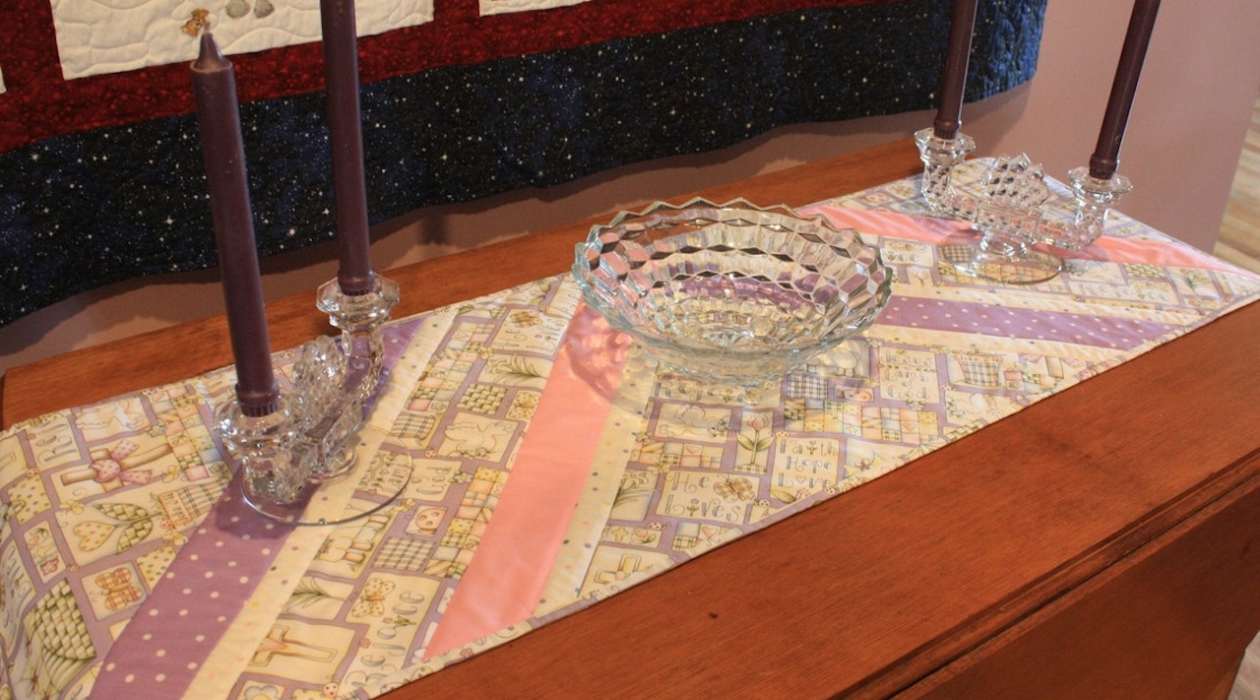
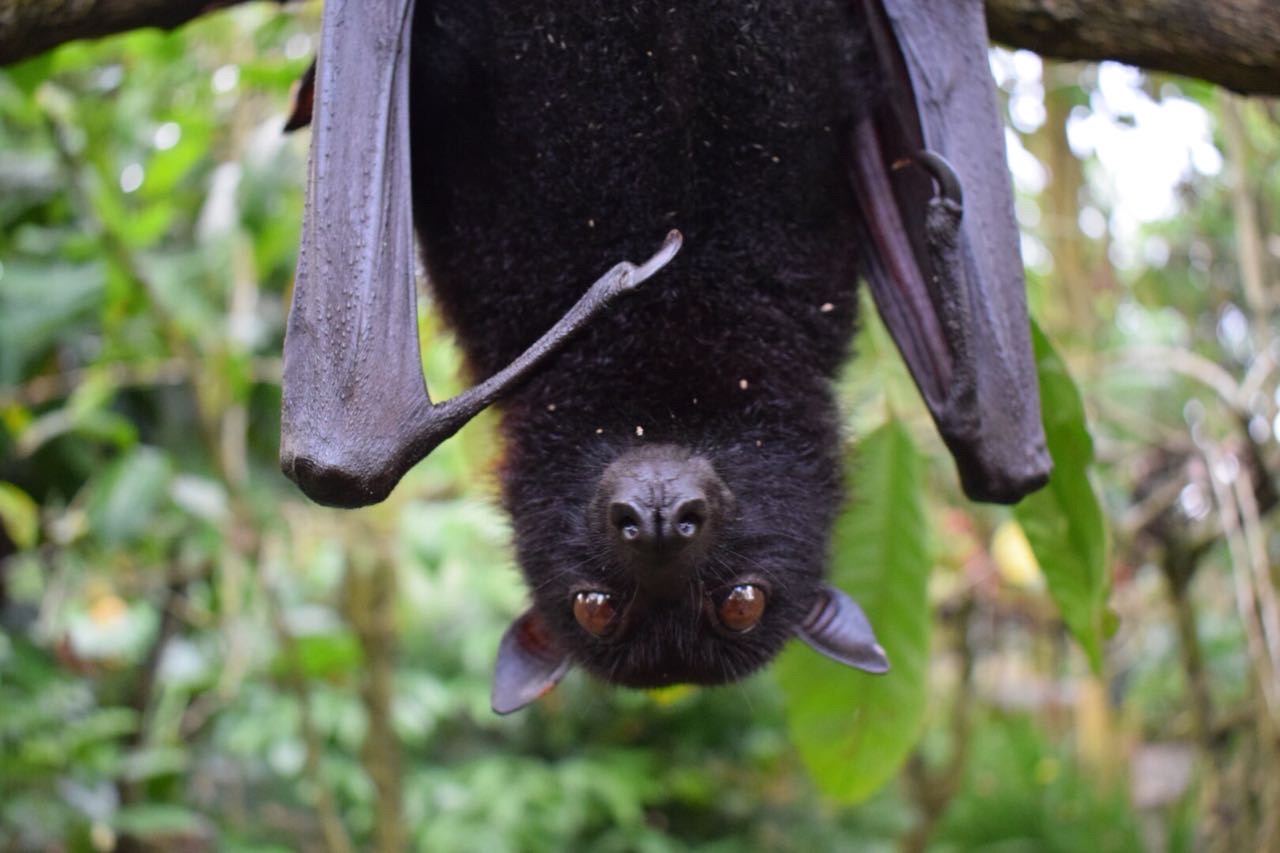
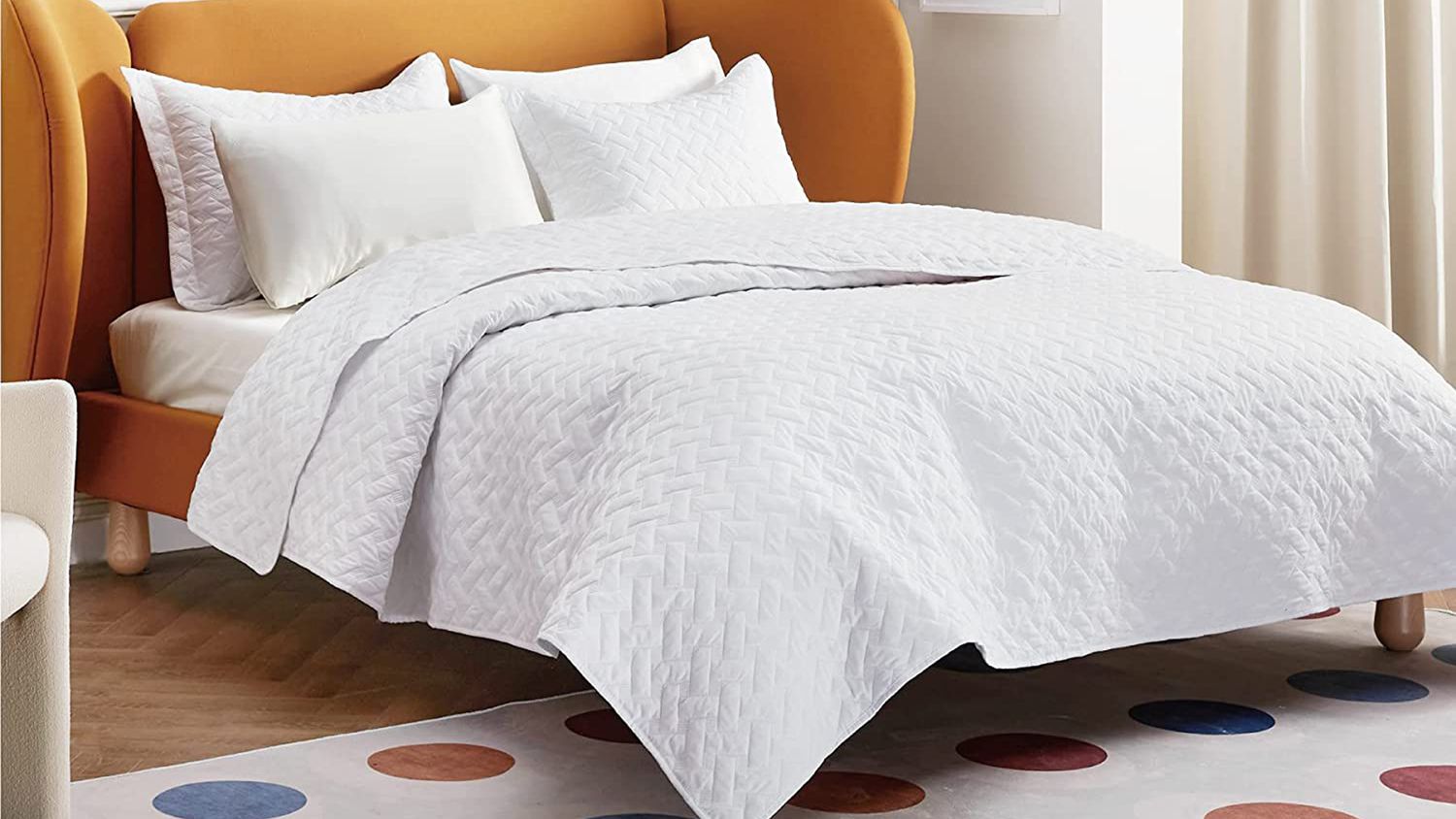
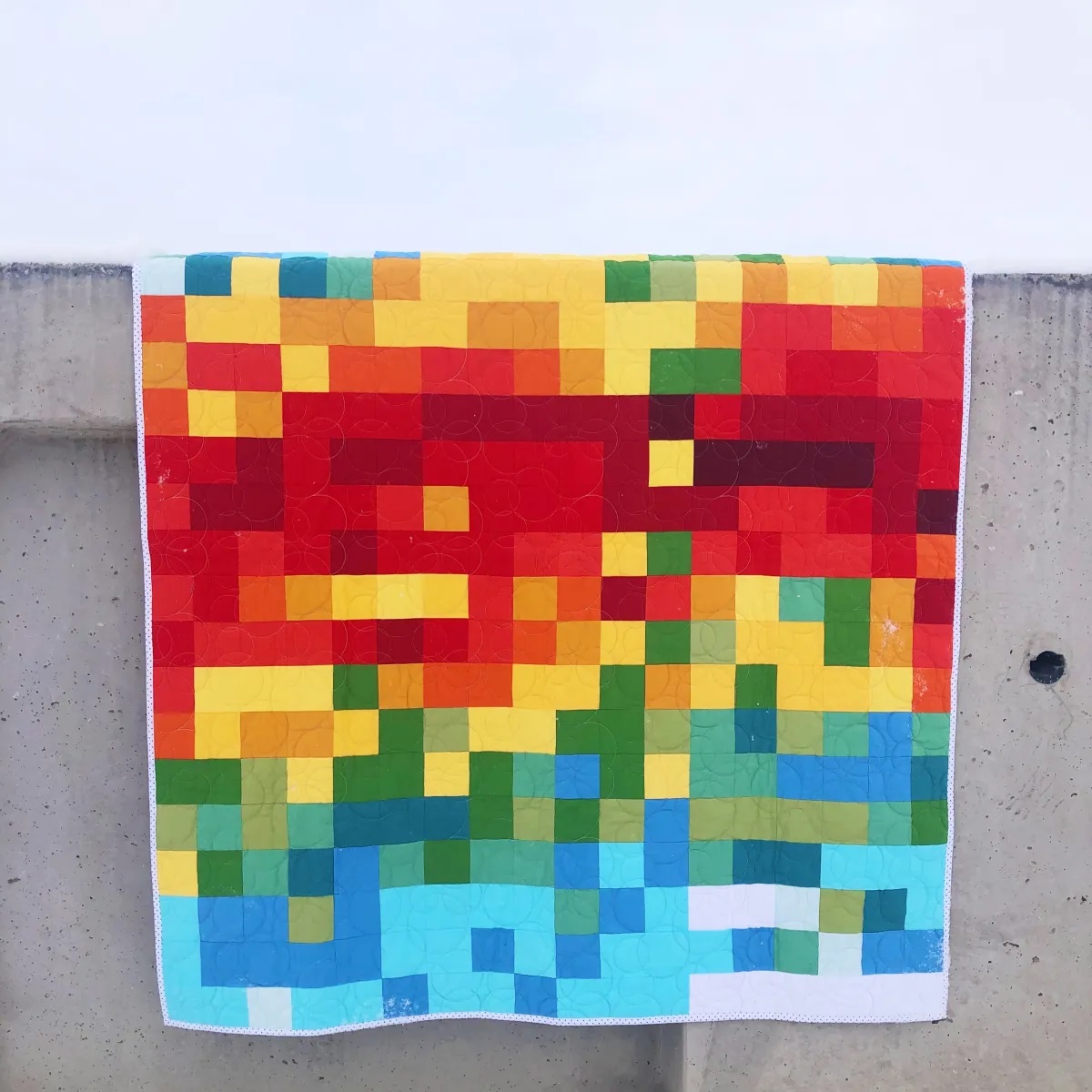
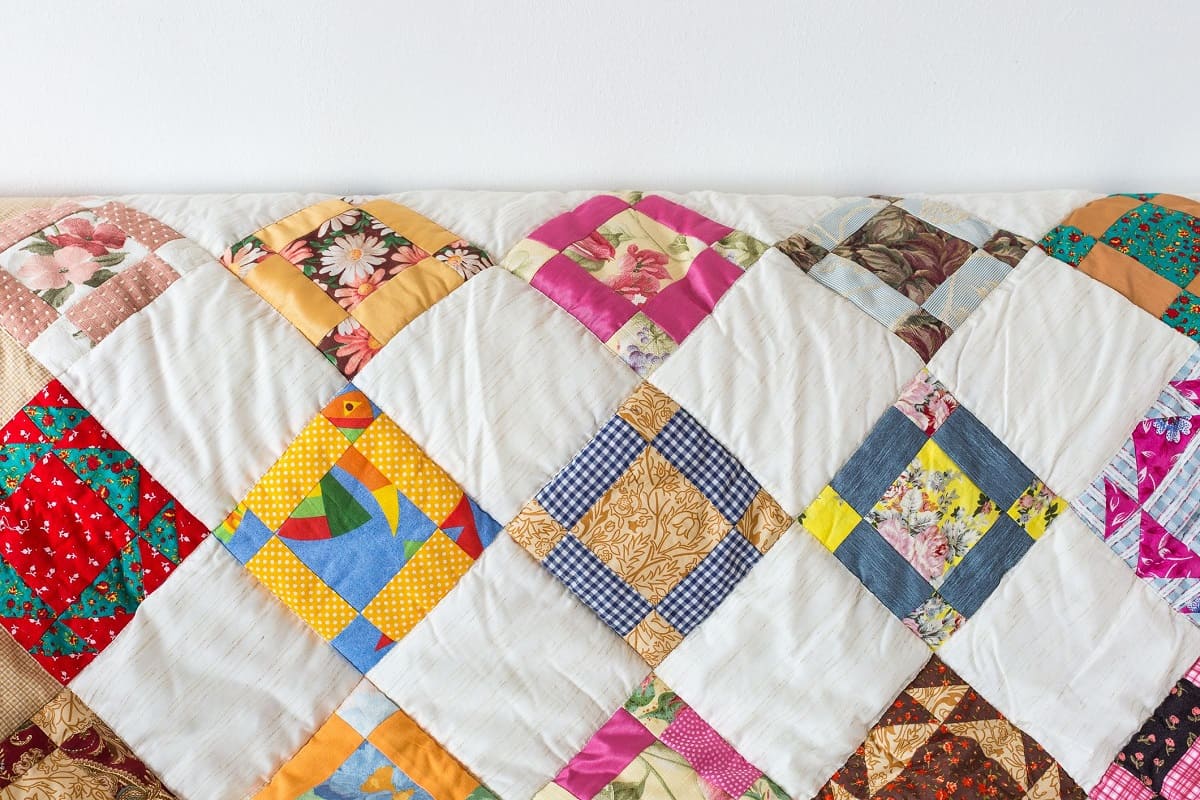
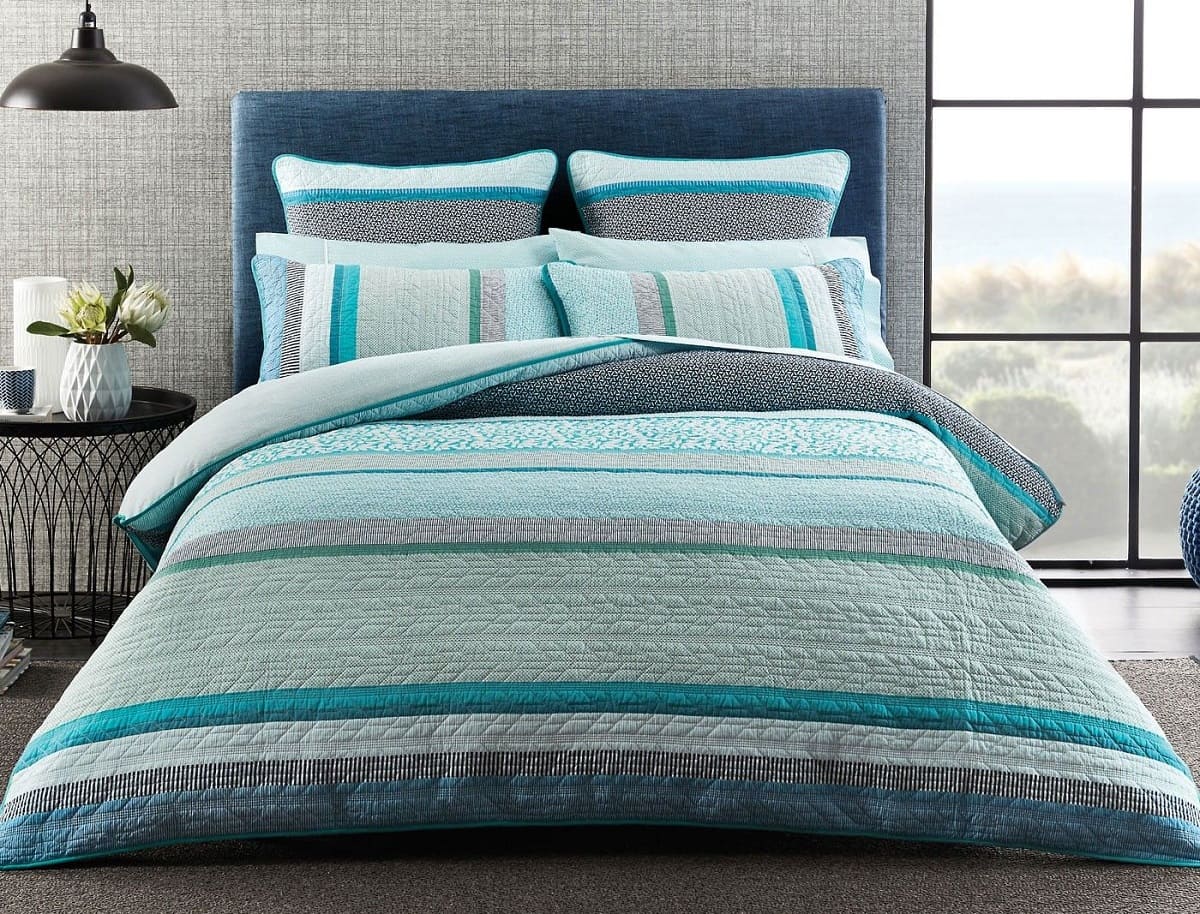

0 thoughts on “What Is Scrim In Quilt Batting”